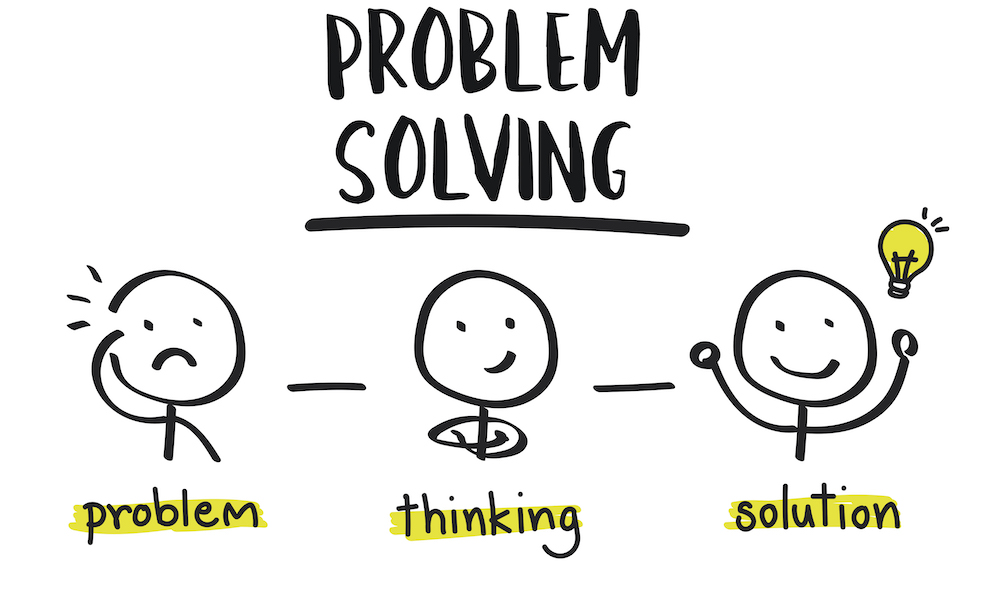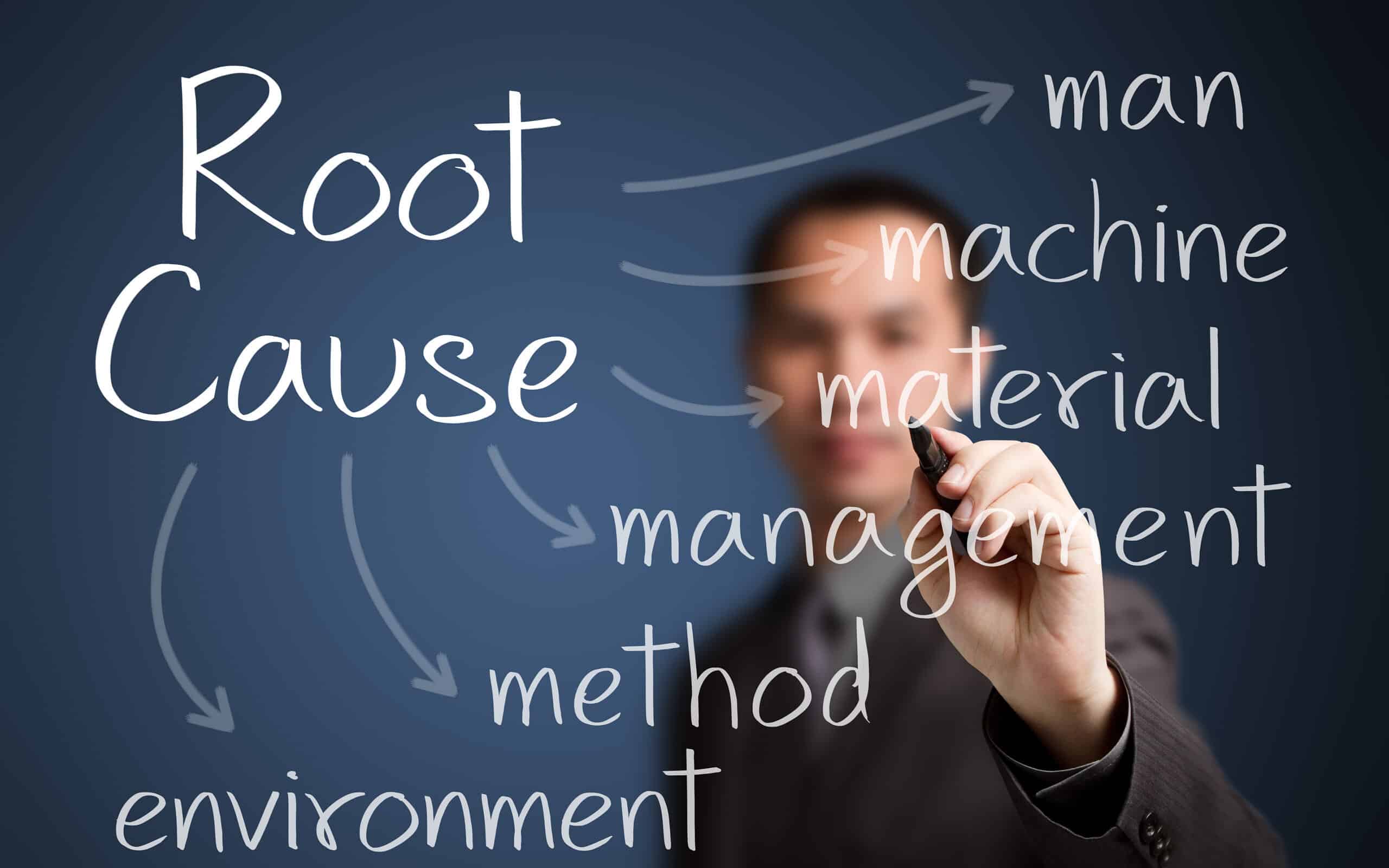The RISE Model: A Comprehensive Approach to Problem-Solving

The RISE Model equips us with problem-solving abilities, a fundamental skill that is needed to navigate success in corporate strategy, leadership, or personal decision-making. The global business environment has become increasingly complex and individuals continue to face evolving challenges.
This model offers a structured yet flexible approach to problem-solving and is thus essential for all desiring to change the way they look at challenges. The RISE Model—Recognize, Investigate, Strategize, and Execute—provides a holistic framework that applies to both corporate and personal challenges. It integrates insights from leading consulting firms and is adaptable across diverse contexts.

Understanding the RISE Model
1. Recognize (R) – Identifying the Core Issue
The first and most crucial step in problem-solving is recognition – understanding and defining the core issue. This is deeper than merely addressing symptoms. Many organizations and individuals make the mistake of rushing to solutions before correctly identifying the problem.
In a corporate setting, this requires techniques such as:
Root Cause Analysis (RCA): This technique involves systematically breaking down a problem to find its fundamental cause. Methods such as the 5 Whys and Fishbone Diagrams help uncover hidden contributors to the issue.

Stakeholder Interviews: Engaging with employees, customers, and other relevant parties could help provide diverse perspectives on the problem. This qualitative insight can highlight issues not immediately apparent in data analysis or on a macro-scale.
The MECE (Mutually Exclusive, Collectively Exhaustive) Principle: Used by McKinsey, this approach ensures that problems are analyzed without redundancy or oversight. It allows for a well-structured assessment.
For individuals, this phase involves:
Self-awareness and reflection: Personal biases, emotions, and past experiences often cloud judgment. Journaling, meditation, and self-questioning techniques help clarify the real issue.
Seeking external perspectives: Coaches, mentors, or even close colleagues and friends can provide invaluable insights. This challenges preconceived notions and provides clarity.
Defining the problem clearly: This involves separating facts from assumptions. A well-defined problem statement is specific, actionable, and focused on root causes rather than symptoms.
For example, a company experiencing declining sales may initially blame poor marketing, but a deeper recognition process using RCA might reveal supply chain inefficiencies or a shift in consumer preferences as the root cause.
2. Investigate (I) – Gathering Data and Insights
Once the problem is defined, the next step is investigation. This step involves gathering relevant data and insights to make informed decisions. This phase ensures that problem-solvers are operating based on evidence rather than assumptions.
Corporate Approaches:
Data Analytics & Market Research: Predictive modelling, customer segmentation, and financial trend analysis are used to assess the problem with real-time data.
Competitor Benchmarking: Analyzing industry best practices and competitors’ strategies can reveal performance gaps and potential solutions.
Historical Case Studies: Learning from similar past challenges within the company or industry helps in understanding patterns and offers insights into possible solutions.
Surveys and Feedback Mechanisms: Gathering insights directly from customers or employees can offer crucial qualitative data.
Personal Approaches:
Self-assessment tools: Tools such as SWOT analysis, career assessments, and financial audits help individuals gain clarity on their challenges.
Consultation with experts: Seeking external knowledge from professionals in relevant fields, such as financial advisors or career mentors, adds valuable perspectives and saves a lot of valuable time.
Scenario Analysis: Forecasting potential future outcomes and weighing different options ensures readiness for varied possibilities.
For instance, a tech company experiencing high employee turnover might conduct exit interviews, analyze salary benchmarks, and review internal engagement surveys to pinpoint whether compensation, company culture, or leadership is the issue.
3. Strategize (S) – Designing and Evaluating Solutions
With clear insights from the investigation phase, it is time for strategizing. Here, solutions are developed and evaluated based on feasibility, effectiveness, and alignment with long-term goals.

Corporate Approaches:
Decision Matrices: This is a structured way of weighing different solutions based on key factors such as cost, impact, scalability, and feasibility.
Risk Assessment Models: Tools like the SWOT Analysis and PESTLE Framework help evaluate internal and external influences that may affect decision-making.
Scenario Planning: This method involves creating multiple action plans to prepare for different potential outcomes. It is particularly useful in volatile industries.
Pilot Testing and Prototyping: Before fully implementing a strategy, companies can test solutions on a smaller scale to gauge effectiveness.
Personal Approaches:
Cost-Benefit Analysis: A structured assessment of the advantages and disadvantages of a decision helps in making rational choices.
Vision Mapping: Aligning solutions with long-term personal and professional aspirations ensures that short-term fixes don’t lead to long-term setbacks.
Prototyping & Experimentation: Testing solutions on a smaller scale before fully committing helps mitigate risks. For example, trying a side business before quitting a job.
An example is a manufacturing company considering automation which can use cost-benefit analysis, employee impact studies, and risk simulations before making a final decision.
4. Execute (E) – Implementing and Iterating
The final step is execution which involves implementing the chosen solution while remaining agile for necessary adjustments. No matter how well a solution is strategized, real-world execution often requires flexibility and responsiveness – the analogy of preparing for the time when the rubber meets the road.
Corporate Approaches:
Agile Implementation: Using iterative models like Scrum or Lean ensures rapid response to feedback and market conditions.
Performance Monitoring with KPIs: Establishing measurable indicators allows tracking progress and adjusting strategies as necessary.
Change Management Strategies: Ensuring stakeholder buy-in (embrace is very important) and a smooth transition through clear communication and phased implementation plans.
Feedback Loops: Continuously assessing performance and making data-driven adjustments ensures long-term success.
Personal Approaches:
Goal Setting & Milestones: Breaking down large goals into smaller, actionable steps with clear deadlines enhances accountability.
Building Accountability Mechanisms: Having mentors, accountability partners, or performance-tracking tools helps individuals stay committed.
Feedback Loops: Actively seeking input from peers, coaches, or industry experts helps refine approaches and course-correct when necessary.
A case in point is a startup launching a new product that may use A/B testing, customer feedback, and performance analytics to refine its offering post-launch.
Visual Representation of the RISE Model
Below is a pictorial representation of the RISE Model, showcasing the interconnectedness of how each phase feeds into the next, ensuring a structured yet flexible problem-solving approach:

Recognize: Define the core problem and separate symptoms from root causes.
Investigate: Gather qualitative and quantitative data to understand the issue better.
Strategize: Develop potential solutions and assess their viability.
Execute: Implement and refine solutions based on feedback and performance monitoring.
This cyclical model ensures that problem-solving is iterative, allowing for continuous refinement and adaptation.
Problem-Solving as a Competitive Advantage
In an era of uncertainty and rapid change, problem-solving is no longer just a skill – it is a competitive advantage. There is a need to navigate corporate crises or make life-changing personal decisions in a smart way every often. The ability to systematically recognize, investigate, strategize, and execute solutions can transform challenges into opportunities.
The RISE Model provides a structured yet adaptable approach to problem-solving, integrating insights from top consulting methodologies while ensuring practical applicability across various contexts. In embracing this model, businesses and individuals alike can cultivate resilience, drive innovation, and achieve sustained success.
As organizations and individuals continue to face complex challenges, adopting a disciplined and flexible approach to problem-solving will be the key to thriving in an unpredictable world.






